CROSSING BORDERS
Guided by Abhijit KR
A PUBLICATION DESIGN PROJECT ON THE PARTITION OF INDIA
We are separated from the ones that saw Partition by two generations now. There is a scarily sparse amount of documentation of the time that shaped the South Asian subcontinent. This is my attempt at contributing whatever I can—documenting the story closest to me.
Duration 6 weeks (June'21—Jul'21)
Role Researcher and Designer
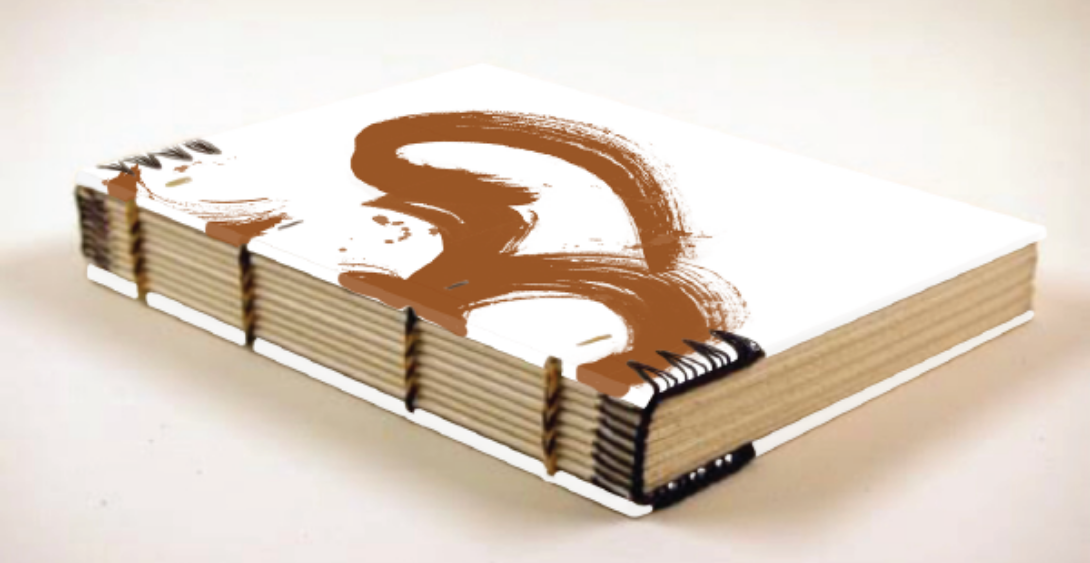
For all the lives that were irrevocably changed at the stroke of midnight on August 15, 1947
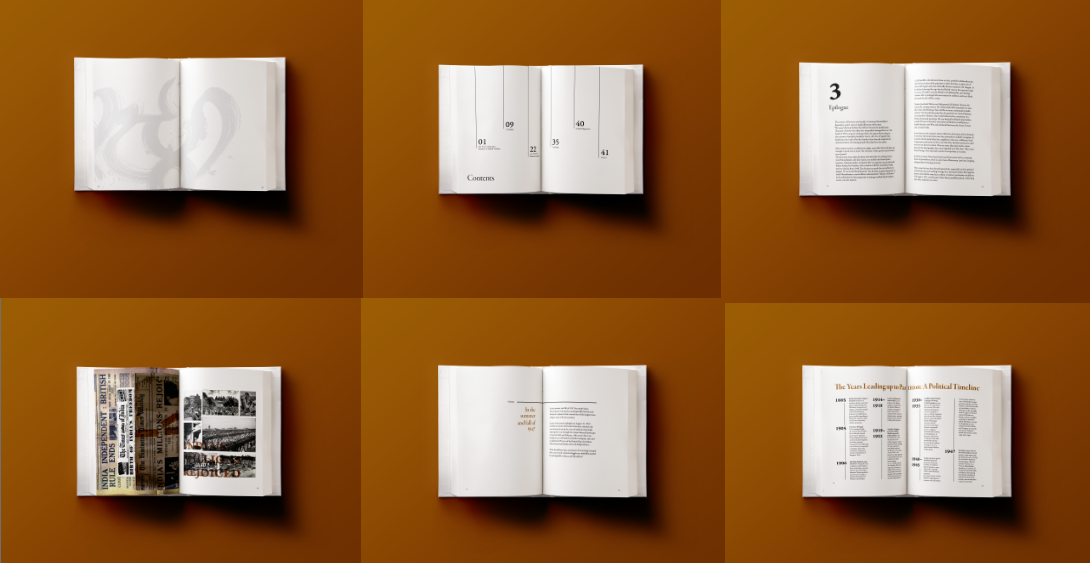
Where the popularly accepted narrative of the partition stresses upon geo political and religious factors, and characterizes the violence as neighbour turning against neighbour and bands of weapon-laden young men in the throes of a communal frenzy seeking out their next victims, the stories of people who lived through it provide a different perspective.
They not only help illuminate a period that has been difficult to make sense of with its hazy documentation, but also provide a challenge to the popular politically driven narratives of the partition, countering them with real, lived human experiences. Through this publication, I have attempted to record my grandmother's account of the events she witnessed as a nine year old girl.
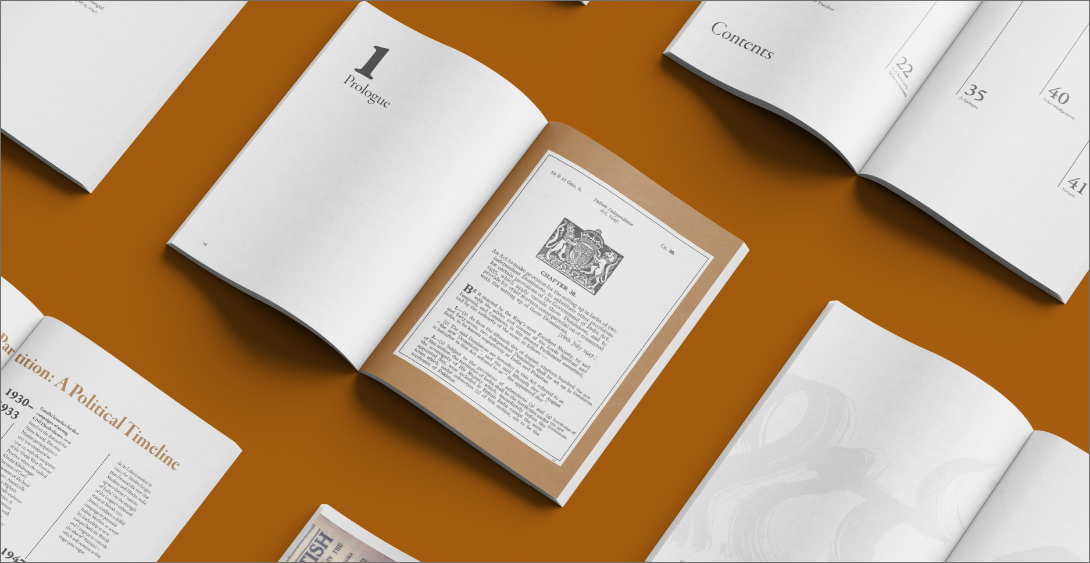
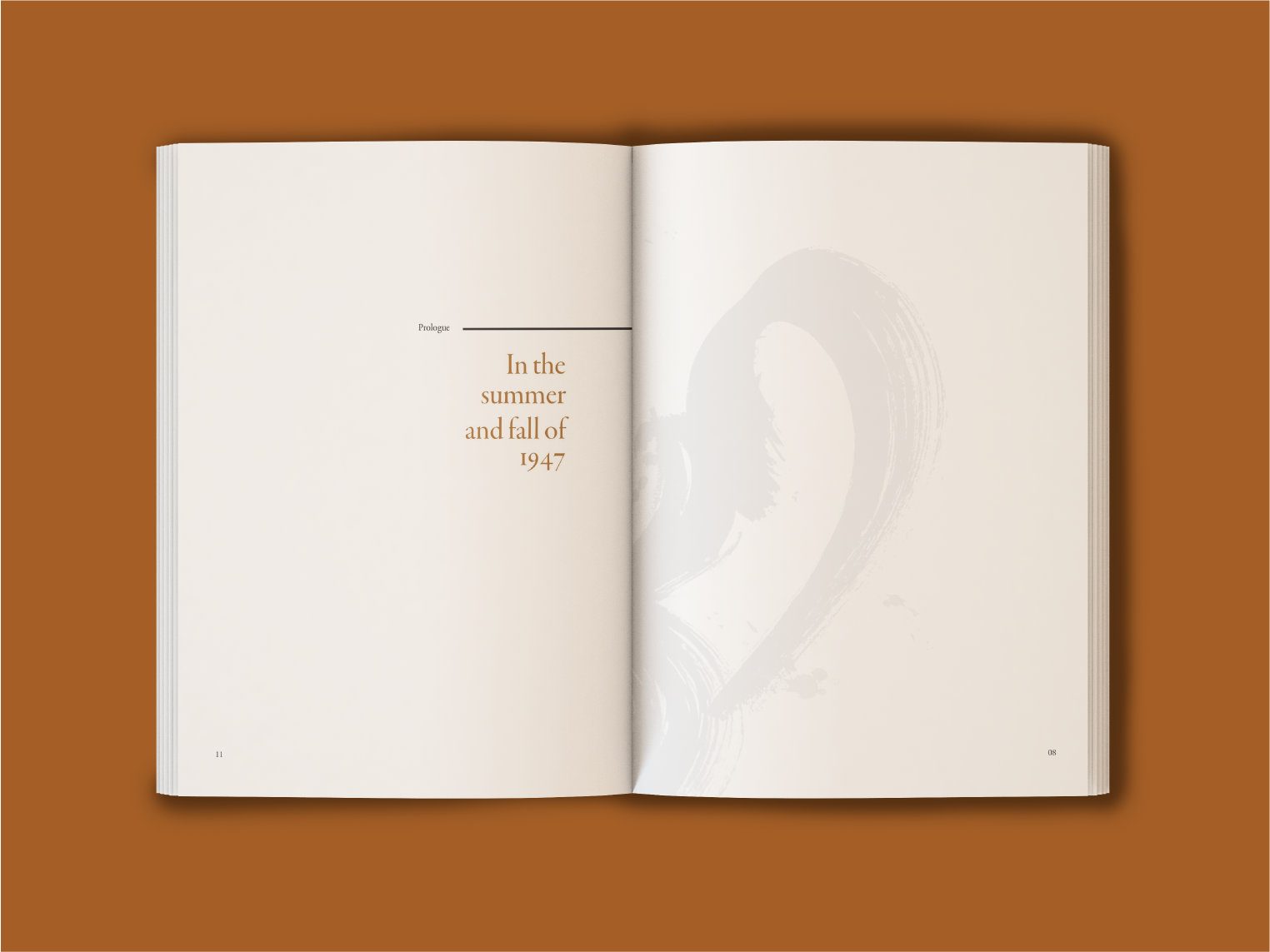
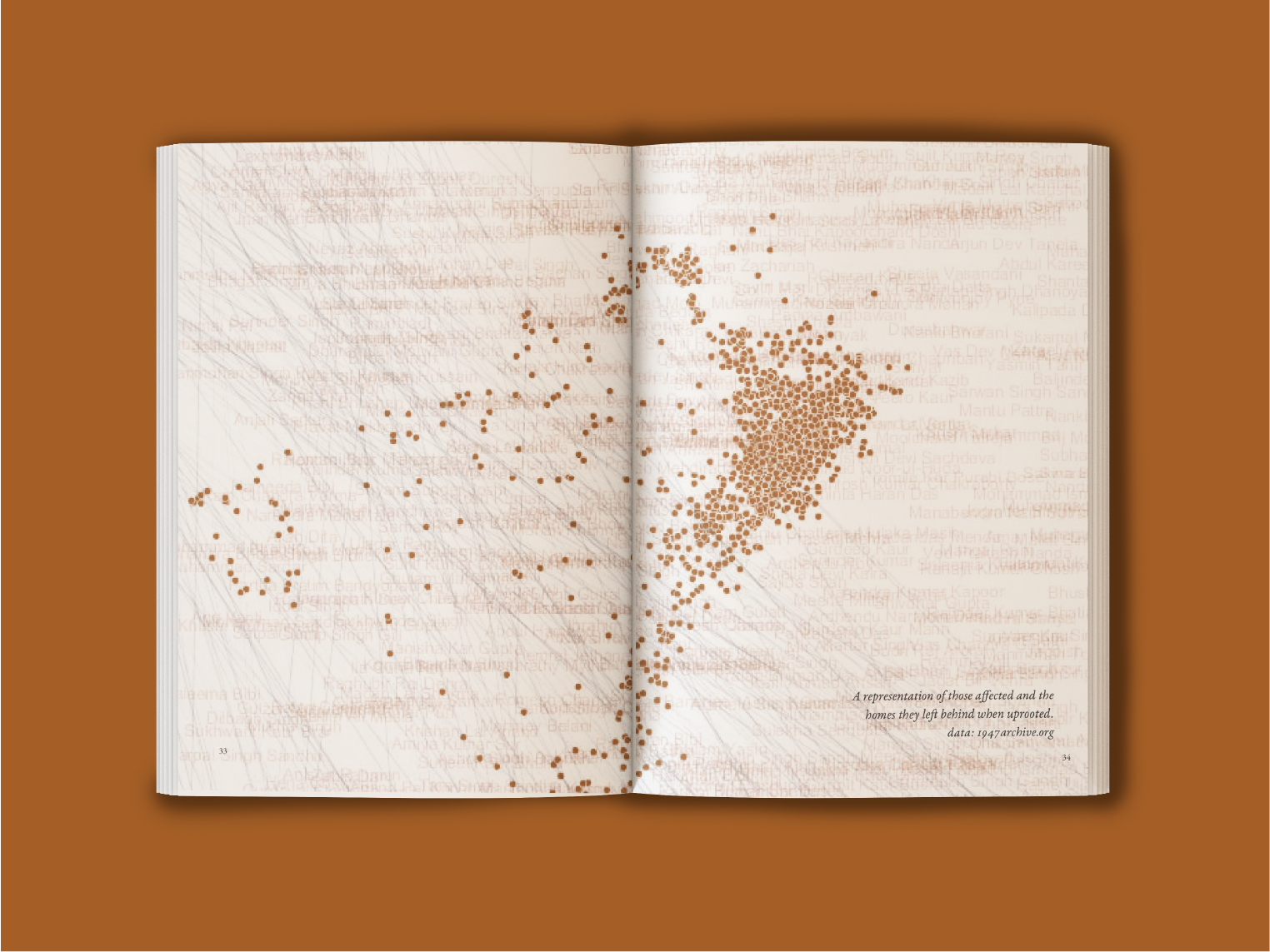
The partition is a historical event deeply ingrained in my upbringing, particularly through narratives from all four of my grandparents who originated from the now-Pakistani part of Punjab. Their stories recount the nation's tearing apart, the anguish and sacrifice in leaving behind established lives, and the profound loss of countless lives amidst the gruesome violence that ravaged the land.
Documenting the event was a significant task, prompting the establishment of specific parameters such as context, political overview, and tone. Planning the conversation structure with my grandmother involved maintaining an organic flow while addressing key points. The emotionally taxing content collection process, including vivid witness accounts, reinforced the topic's significance and deepened my commitment to meaningful contribution.
In recent years, there have been attempts to collect as much data as possible before it is lost forever with the generation that lived it.
When data of this magnitude exists, it is easy to lose individual stories amidst numbers. I used the 1947 Archive’s data set to visualise a graphic that contains the name of every person that was recorded to be displaced during that time. This publication aims to honour a generation that lived two lives, one that they had always known, and one that was forced on them. They are more than just stories, more than just the demographic they were regarded as at the time. They were human beings. Ones that had to learn to accept fate as it came.
In all the accounts I heard and read during my research, there seemed to be a constant theme of gratefulness, there were scant traces of bitterness, largely just loss, longing and gratitude for having survived.